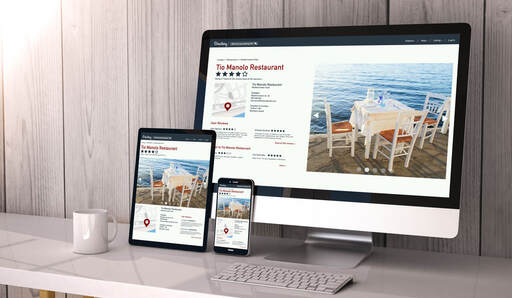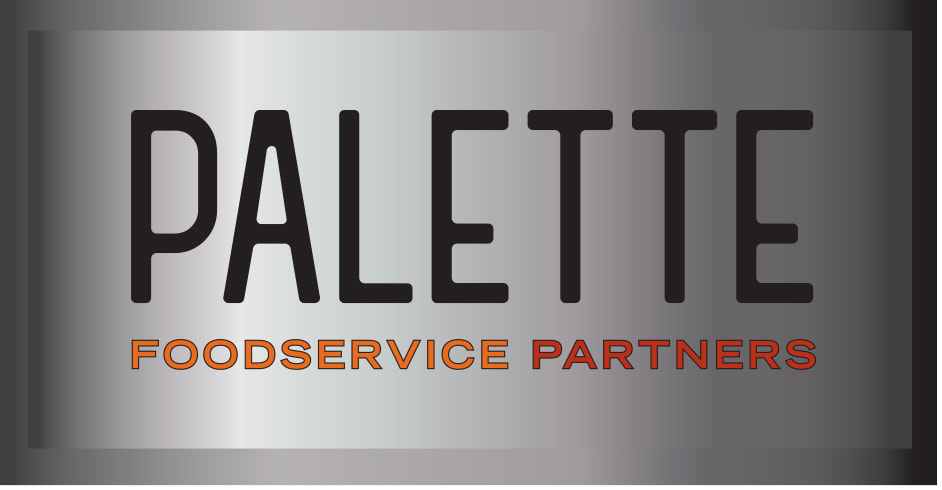 The demand for online food delivery has surged in the past few years and is poised for continued growth, according to Statista research. The National Restaurant Association has reported that for the first time, drive-through and delivery orders account for a larger share of guest traffic than on-premises dining. While this presents new opportunities for restaurants, it also gives threat actors an appealing target for fraud – particularly because frequent, low-volume transactions can make it easier for fraud to go undetected. You can take some steps to make your business a more difficult target for these scams, however. Beyond some basic protections such as enforcing strong passwords on your website and app, prompting password changes, and having people use multifactor authentication to access their account, Security Boulevard advises businesses to use a few safety precautions to prevent unauthorized access. For example, you can limit the number of login attempts within a certain time frame, or set up alerts whenever changes have been made to an account/password. Your fraud prevention software can also help by identifying the location of login attempts and flagging locations that seem off-base or which use a VPN to disguise their IP address – common signs that a threat actor is trying to breach a network. It’s also important to keep your security software current by installing patches and updates promptly – unfortunately, fraudsters often take advantage of security vulnerabilities due to delays in installing up-to-date security measures.  These days, so many of your guests’ interactions with your restaurant take place without even walking through your door or picking up the phone. Whether they are looking to book a table, check your future availability, order food, purchase a gift card, or simply find up-to-date information about your menu or hours, your guests rely on the functionality of your online presence. How well does yours represent your brand? Give your website a checkup to see how much it allows guests to help themselves. A recent report from The Rail advises restaurants consider using a chat widget to answer guest inquiries instead of making them wait for an email response, as well as using an FAQ section and leaning on social media to provide updates on special promotions or changes guests should know about.  The past few years have given restaurant operators a crash course in the importance of collecting data – about guests, ingredients, sales performance and many other factors. Have you applied this approach to identifying potential staff? By taking the time to analyze data about what works for your business – and not simply casting a wide net and hoping you bring in some good people – you stand a better chance to attracting and keeping staff who are well suited to your business. This report from Modern Restaurant Management advises mining employee data by taking surveys of employees. What is important to them about their position? What benefits would keep them in their job? How does your business measure up to competing businesses (both inside and outside of the industry) when it comes to pay, benefits, growth opportunities and job security? Perhaps you can identify even incremental improvements that could help you find and keep good people. Or, maybe those improvements aren’t possible for you financially. In that case, having this information at your fingertips now can still be valuable in driving you to retool your business model. At a time when so much about a restaurant is learned online before a person even visits, give your website’s recruitment page a tune-up – much like you’d make your online menu more mobile-friendly for a guest. Can an applicant quickly scan the page for basic information about your business and apply on the spot? |
Subscribe to our newsletterArchives
July 2024
Categories
All
|



 RSS Feed
RSS Feed